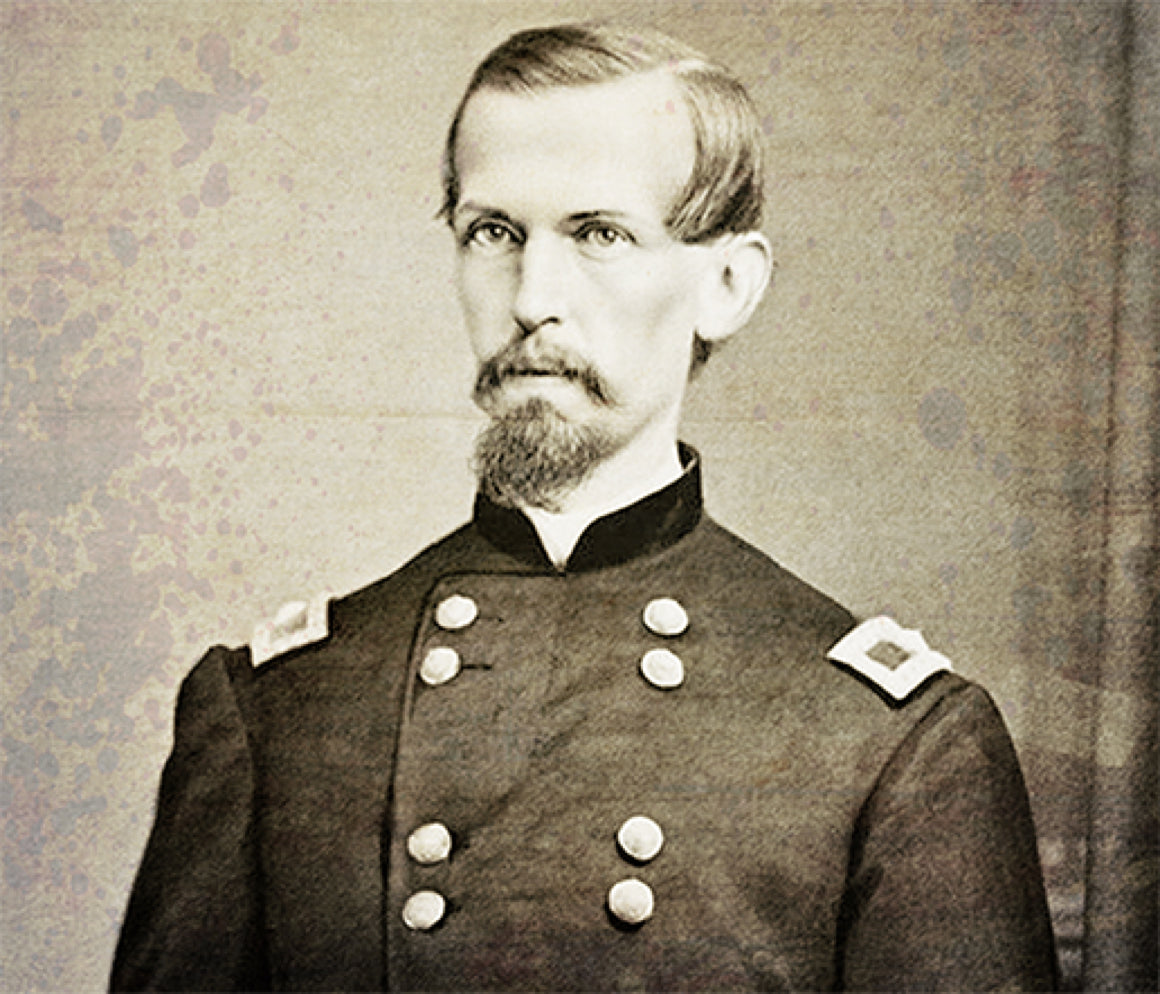
Michael Corcoran
enlisted in Company I of the 69th Regiment, New York State Militia and rose through the ranks to became Colonel of the Regiment. In October 1860, Edward Prince of Wales made a state visit to the United States. Militia units in New York were ordered to honor the Prince of Whales by passing their regiments in review. Colonel Corcoran refused to order the 69th to participate in this effort. Corcoran was arrested and charged with disobeying orders. A courts marshal was to be convened but the charges were dropped when the Civil War broke out in 1861.
President Lincoln asked each State to provide militia units for a three-month service to put down the rebellion. Corcoran and the 69th Regiment volunteered. On July 21st, 1861, he led the 69th New York State Militia on the battlefield at Manassas, Virginia (the Battle of Bull Run, the first major battle of the Civil War). Corcoran was wounded and captured. Upon his release in 1862, he began recruiting a Second Irish Brigade known as “Corcoran’s Legion”. He commanded Corcoran’s Legion (which also had a 69th Regiment in it) until December 1863. He died after a fall from his horse while traveling back to camp after having had dinner with General Thomas F. Meagher in Fairfax, Virginia. He is buried in Calvary Cemetery in Queens, New York.

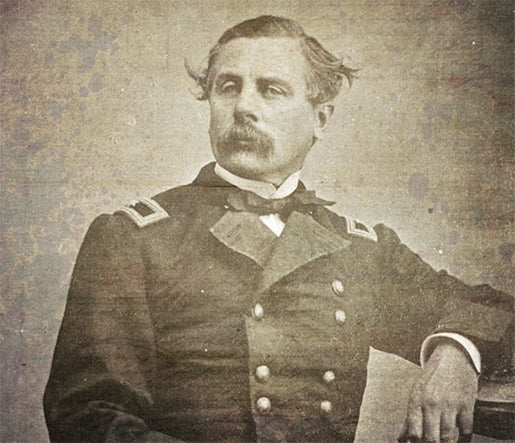
Thomas Francis Meagher
was an Irish revolutionary who was exiled from Ireland to Tasmania. He escaped and came to New York Meagher fought at the first battle of Bull Run (Manassas) as a captain of the Zouave Company in the 69th New York Militia. When he returned to New York he received permission to organize an Irish Brigade. The 69th New York Militia served as the nucleus for the Brigade and its 1st Regiment, the 69th New York Infantry Regiment.
Meagher was appointed Brigadier General and led the Irish Brigade during the Peninsular Campaign, Mechanicsville, Fair Oaks, the Peach Orchard, Malvern Hill, Antietam, Fredericksburg, and Chancellorsville. The 69th New York took part in those campaigns and many other campaigns during the Civil War. After the war he became the acting Governor of Montana.

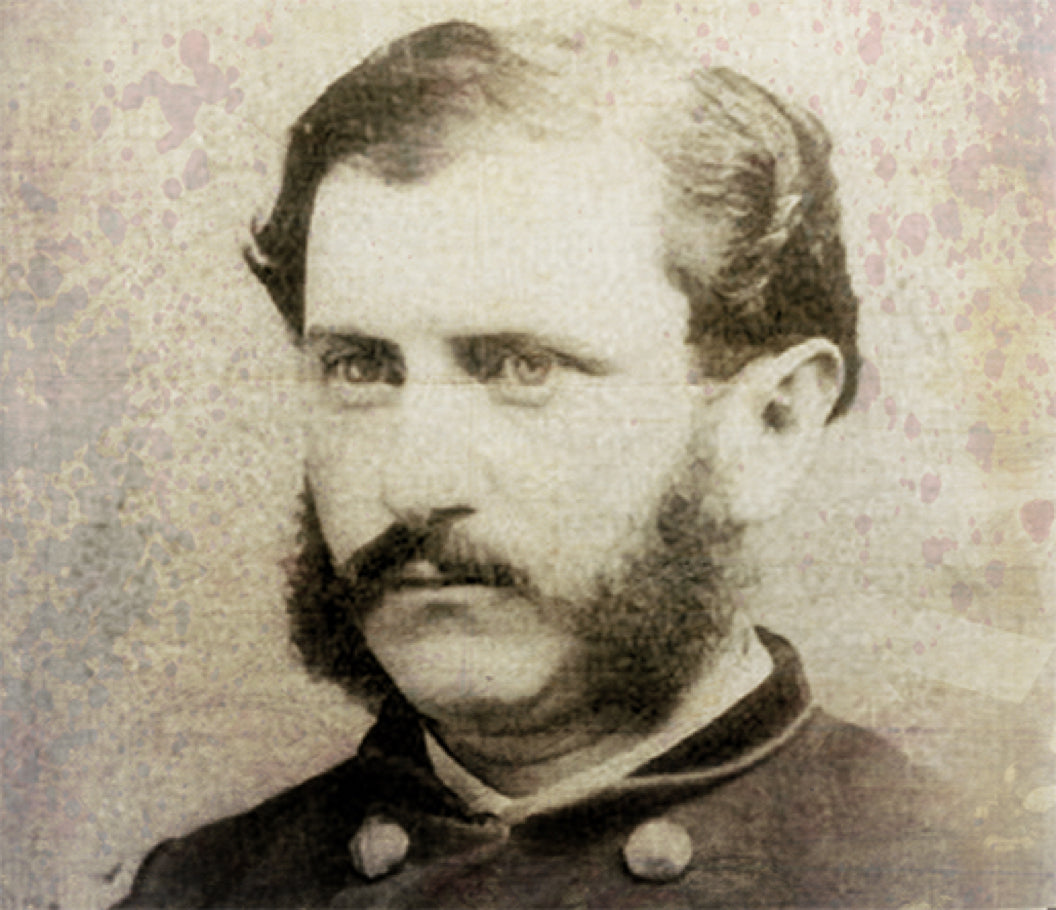
Colonel James Cavanaugh
the “Little Major” commanded the Regiment from 1867 until 1893. James Cavanaugh, born in Ireland enlisted as a Private, Co. “E”, 69th, N.Y.S.M in the Fall of 1852. He was promoted to First Lieutenant on March 9, 1857. He was promoted to Captain on Jan. 13, 1859 took command of Company “C”. Captain James Cavanaugh was the Commander of Company “C” in 1860 when Colonel Corcoran refused to parade the Regiment for the Prince of Wales.
He commanded Company “C” at Bull Run and upon return to New York, he helped Colonel Nugent organize the Sixty-Ninth Infantry Regiment, New York State Volunteers. He was assigned as Major of the Regiment and accompanied it until he was wounded at the Battle of Fredericksburg. At the Battle of Malvern Hill, July 1, 1862 Major Cavanaugh had his horse shot from under him.
At Antietam, Cavanaugh took command after Colonel Kelly was wounded. Major Cavanaugh stood in the center of the Sixty-Ninth's line by the color bearers, encouraging his remaining men to keep up their fire. Cavanaugh took command of the Regiment at Fredericksburg after Colonel Nugent was wounded. Cavanaugh was shot in the hip during the battle. He was medically discharged from the Federal force in May 16, 1862, for disability but joined the 69th New York State Militia in 1863. Cavanaugh commanded the Sixty-Ninth Regiment, New York State Militia when the Draft Riots broke out in New York City.
In 1866, he served as the Lieutenant Colonel of the Regiment. He was promoted to Colonel in 1867 and served as Commander until 1893 when he was retired. He was promoted to Brevet General by the State. He is by far the longest serving commander of the Sixty-Ninth Regiment having commanded the Regiment for over 26 years. He is also one of longest serving officers in the Regiment having spent almost thirty-three years with the unit. Colonel Cavanaugh is buried in Calvary Cemetery, Woodside, N.Y.

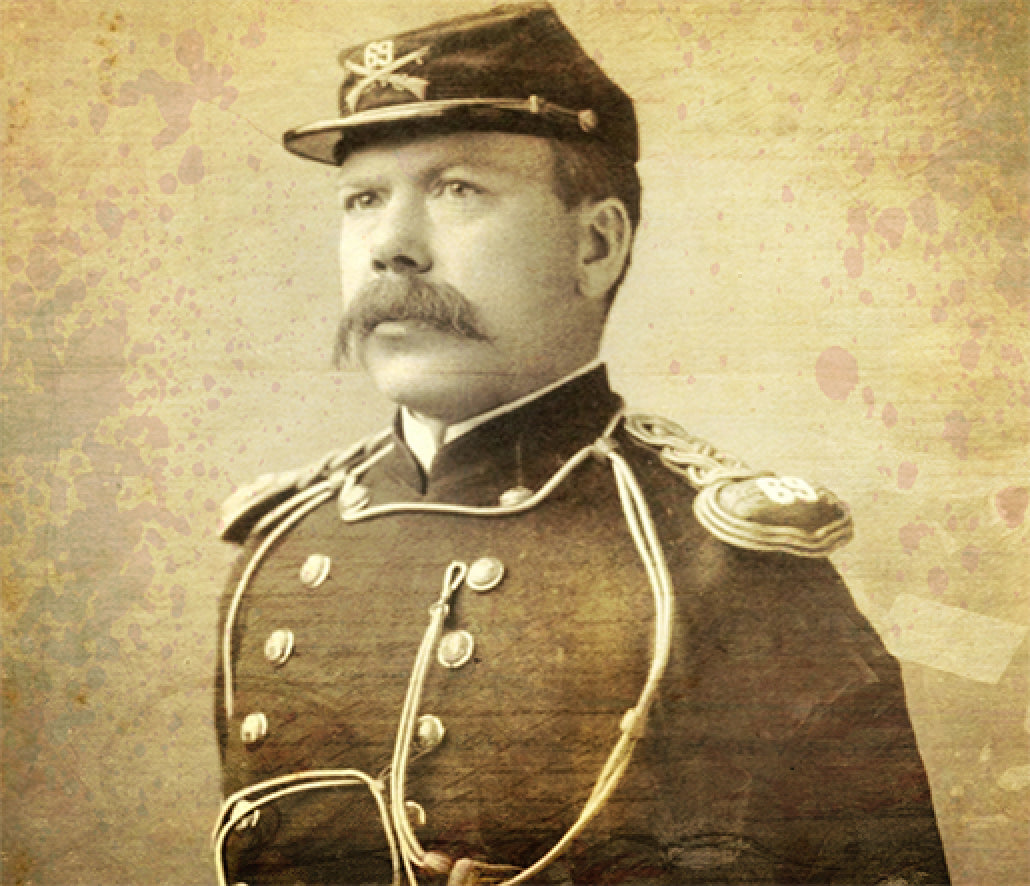
Colonel Edward Duffy
was born in Ireland. He was appointed Colonel of the 69th Regt., N. Y. on April 13, 1898. He enlisted as a Private in Company “E”, 69th Regt. on June 3, 1867. He was promoted to Corporal on May 14, 1868, Sergeant on Dec. 10, 1868; First Lieutenant on March 14, 1871. He was promoted to Captain, as Regimental Adjutant, on Dec. 31, 1874 and Major, 69th Regt. on Dec. 10, 1875. Lieutenant Colonel, 69th Regt. On March 25, 1896 and Colonel, April 13, 1898.
He commanded the Regiment when it was Federalized for the Spanish-American War on May 2, 1898 and served on active duty as the Colonel until to Jan. 13, 1899. He was the Commander when the new armory was opened in 1906. A large portrait of him hangs in the Duffy Room in the Armory. The room was named in his honor.

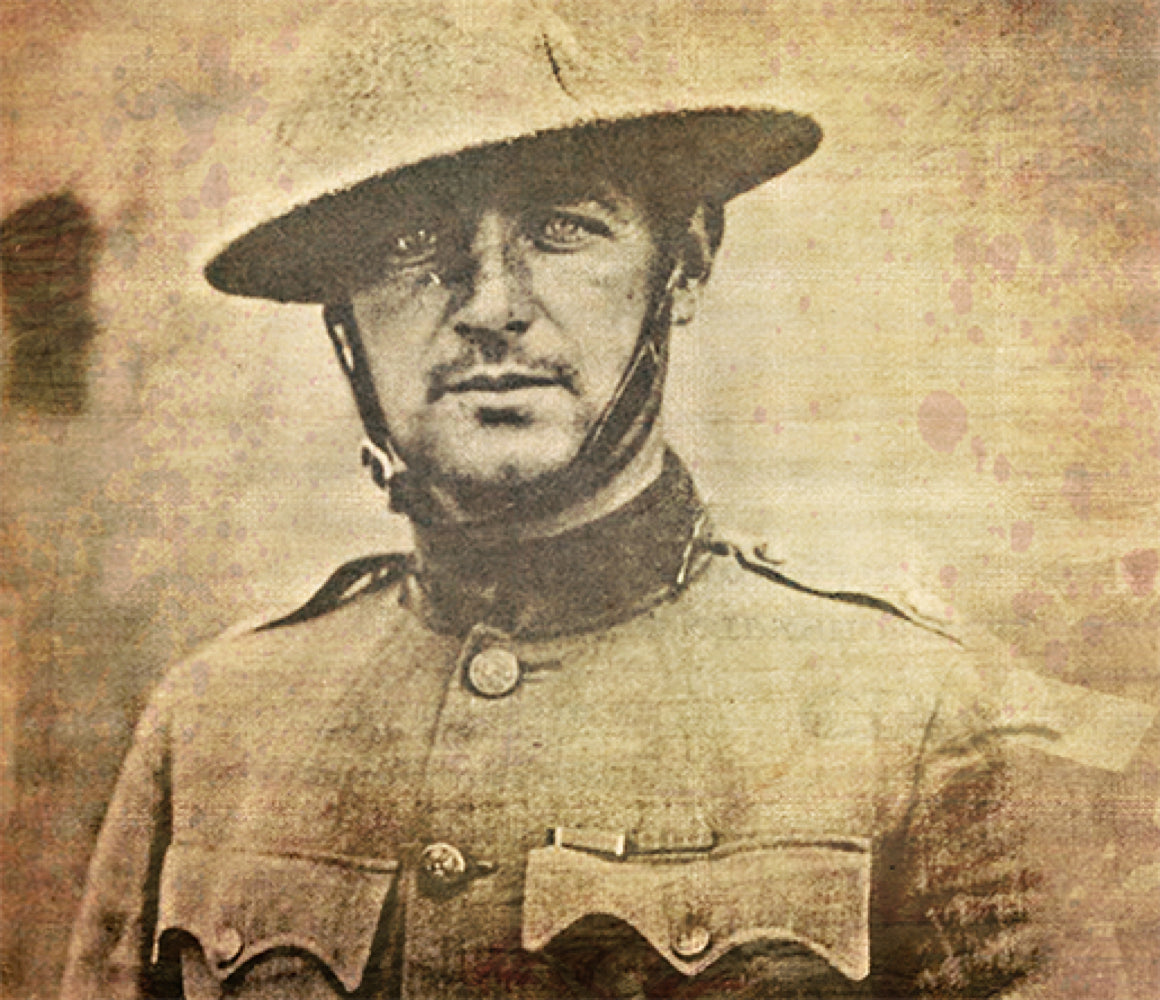
William Donovan
joined the 165th Infantry Regiment (“Fighting 69th”) and earned a Medal of Honor as a battalion commander in World War I. “Wild Bill” Donovan commanded the 1st Battalion, 165th Infantry and later commanded the entire 165th Infantry Regiment of the 42d Infantry Division (Rainbow Division). As part of the 42nd Division’s movement through the Marne, the 165th Regiment was to cross the Ourcq River and take Hill 152. The cost was great. Bullets from machine guns and sniper rifles tore through the 1st Battalion on three sides after they crossed the river.
Donovan was almost always in exposed positions, inspecting men, advancing men and delivering his own messages. A bullet grazed his thigh and another took the heel off his boot. A shell fragment tore apart his respirator. Lying half in the river to check a downed officer, Donovan found that his adjutant and close friend Oliver Ames had run forward to lie beside him to offer protection. A sniper’s bullet whizzed over Donovan and struck Ames in the head. Instinctively grabbing him, Donovan was shot in the hand. His actions and leadership under duress ultimately resulted in the Medal of Honor. He became a full Colonel and led the 165th Infantry through its victory parade down Fifth Avenue in 1919. During World War II, he organized and commanded the Office of Strategic Services (OSS) forerunner of the Central Intelligence Agency (CIA). He is considered to be the “Father of the CIA” and the CIA Museum has a large display about him at their headquarters in Virginia. Donovan was placed on active duty and promoted to Brigadier General in March 1943 and further promoted to Major General in November 1944.

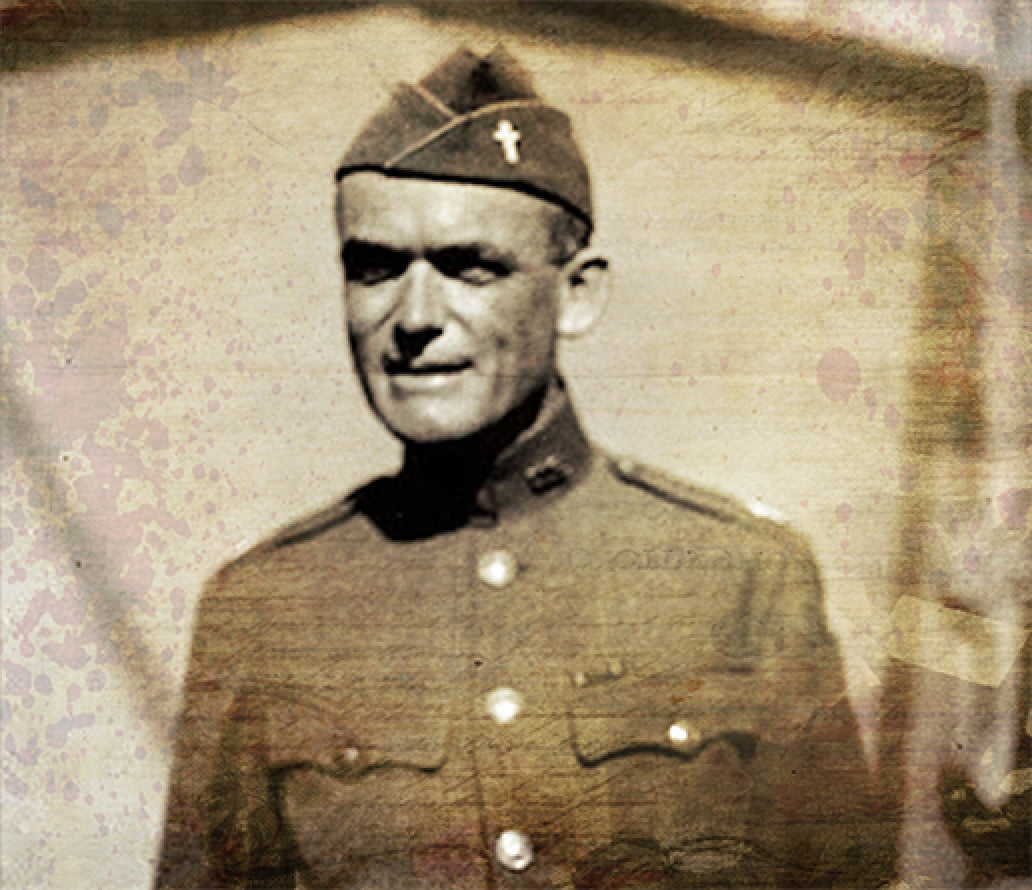
Father Francis Patrick Duffy
is the most celebrated U.S. Army chaplain in World War I. Father Duffy was born in Cobourg, Canada, and was ordained in 1896. During World War I, he was most often found along the front lines hearing confessions and saying Mass, as well as visiting and counseling the soldiers. It was by his "ministry of presence" that he had his greatest influence and became an almost a legendary figure.
Once the fighting began, he often traveled with a unit first-aid station, providing physical and spiritual care to the wounded and the dying. His presence on the battlefield was inspirational. Duffy was always near the heaviest fighting, exposing himself to constant danger as he moved from unit to unit. His decorations included the Distinguished Service Cross and the Distinguished Service Medal. After the war, Duffy returned to a new parish in New York City. As pastor of the Holy Cross Church on 42nd Street, just off Broadway, the "Actor's Church”, Father Duffy added to his already great popularity. In 1919, he published a best-selling book, “Father Duffy's Story”, chronicling his experience in the Great War. He died on 26 June 1932. A statue, funded by the Catholic War Veterans, honoring his service in WWI was erected in 1938 in what is named Duffy Square; located at the north end of Times Square.

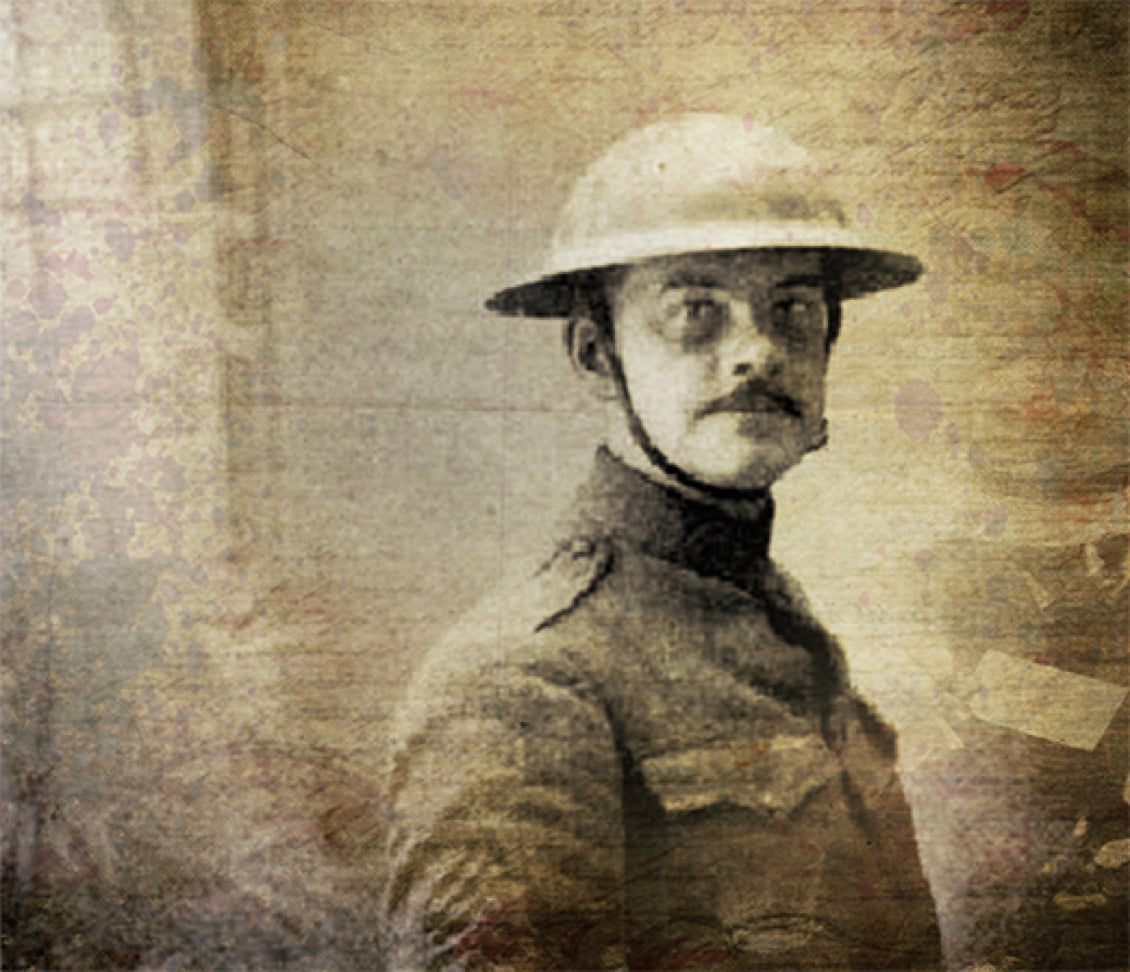
Alfred Joyce Kilmer
is remembered today for the poem "Trees" published in 1914. Joyce Kilmer was born in New Brunswick, New Jersey in 1886. He was educated at Columbia University and worked for the "The New York Times." He joined the 165th Infantry, (Fighting 69th) and in quickly attained the rank of Sergeant attached to the newly organized Regimental Intelligence Staff. He was encouraged to go to Officer Candidate School and accept a commission, but he said he would rather be a Sergeant in the 69th than an officer in any other unit in the Army.
On July 30, 1918, while gathering intelligence for the Regiment during the battle of the Ourcq he was shot in the head. He was 31 years old. Camp Kilmer in New Jersey was named after him. At the New Brunswick (Exit 9 Northbound) on the New Jersey Turnpike, there is a rest stop named after him. He wrote many poems and essays during his career as a poet, many about the 69th including "Memorial Day," "Rouge Bouquet" and "When the Sixty-Ninth Comes Back". "When the Sixty-Ninth Comes Back" was set to music by Victor Herbert, and was played by the Regimental Band during the 165th's triumphal march up 5th Ave after World War I. Joyce Kilmer is buried in Oise-Aisne Cemetery, Fere-en-Tardenois, France.

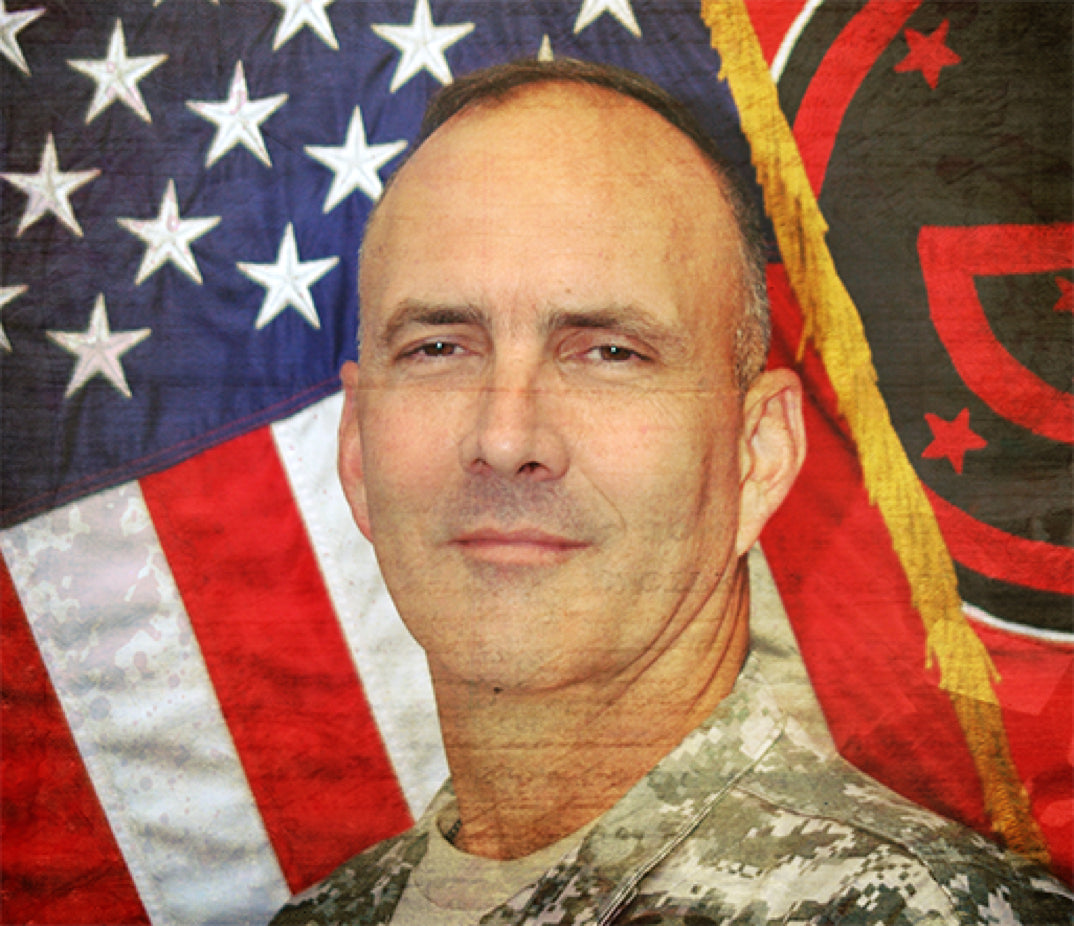
Colonel Geoff Slack
transferred into the 69th Regiment in October 1991, as Captain and Commander of Headquarters Company. In 2000, he took command of the 1st Battalion, 69th Infantry. On September 11, 2001, without orders, LTC Slack ordered the battalion to assemble in the armory. Although the military headquarters of New York State advised him he did not have the authority to activate the unit, Slack did it anyway. He lead the Battalion to the site of the World Trade Center to provide security.
The 69th was the first military unit at the World Trade Center. Several days later, New York State back-dated orders activating the 69th. In 2004-5, LTC Slack commanded the unit during its activation for Operation Iraqi Freedom.